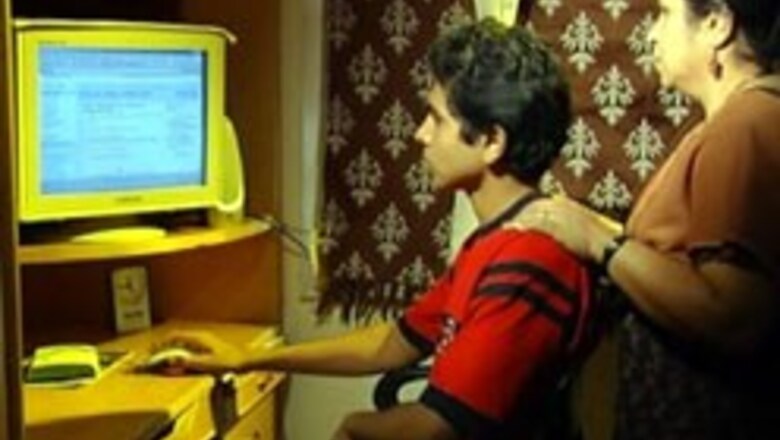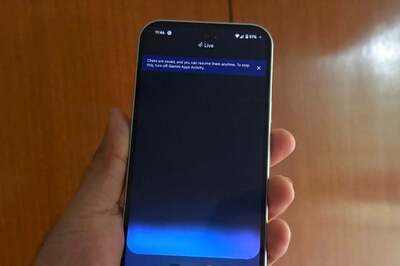
views
New Delhi: The tribe of Internet users is growing exponentially in India. More and more Indians today surf the Net for news, fun, games and various other purposes and the number of people using Internet from home have gone up to 31 per cent in 2006 as compared to 23 per cent in 2003.
This has led to a decline in the market share of cyber cafes, a study by the Internet and Mobile Association of India reveals.
According to the study, this unparalleled growth in Internet use in India has been fuelled by the advent of high-speed broadband services in most parts of the country.
Broadband has enabled Internet access at a much quicker speed and people can now get a speed of 256 Kbps at the rate of Rs 900 per month, which gives unlimited Internet access and unlimited download options.
"Airtel, Sify, Reliance and many broadband Internet service providers have come up with 'combo deals' and 'best buy schemes' to offer high-speed Internet at affordable prices," the study notes.
The findings clearly establish a direct connection between household affluence level and home connectivity for Internet.
Gone are the days of dial-up connections when modems connected with a fixed telephone line were used to connect the Internet.
With broadband services available at a much affordable price, Internet connectivity has become much easier than before.
One of the most significant findings of the study was that Internet access from schools and colleges remained insignificant at 6 per cent.
This remains a major cause of concern since Internet access through schools and colleges not only creates the next generation of users, but also goes a long way in reducing the digital divide and hence the socio-economic gulf.
The demographic breakup of the data, too, reveals interesting trends. It says as many as 53 per cent of school-going kids and 53 per cent of college-going students access Internet from cyber cafes while 47 per cent of non-working women account for the highest percentage of Net users from homes.
Over 41 per cent of older men access Internet from offices and 38 per cent working women access it from their offices.
Thus, Internet is fast emerging an efficient new-age medium for information, communication and entertainment in India.
So much so that the high rate of growth in 'netizen' population in India is even raising the possibility of Internet replacing TV and radio as the choicest medium for information, communication and entertainment over a period the time.



















Comments
0 comment